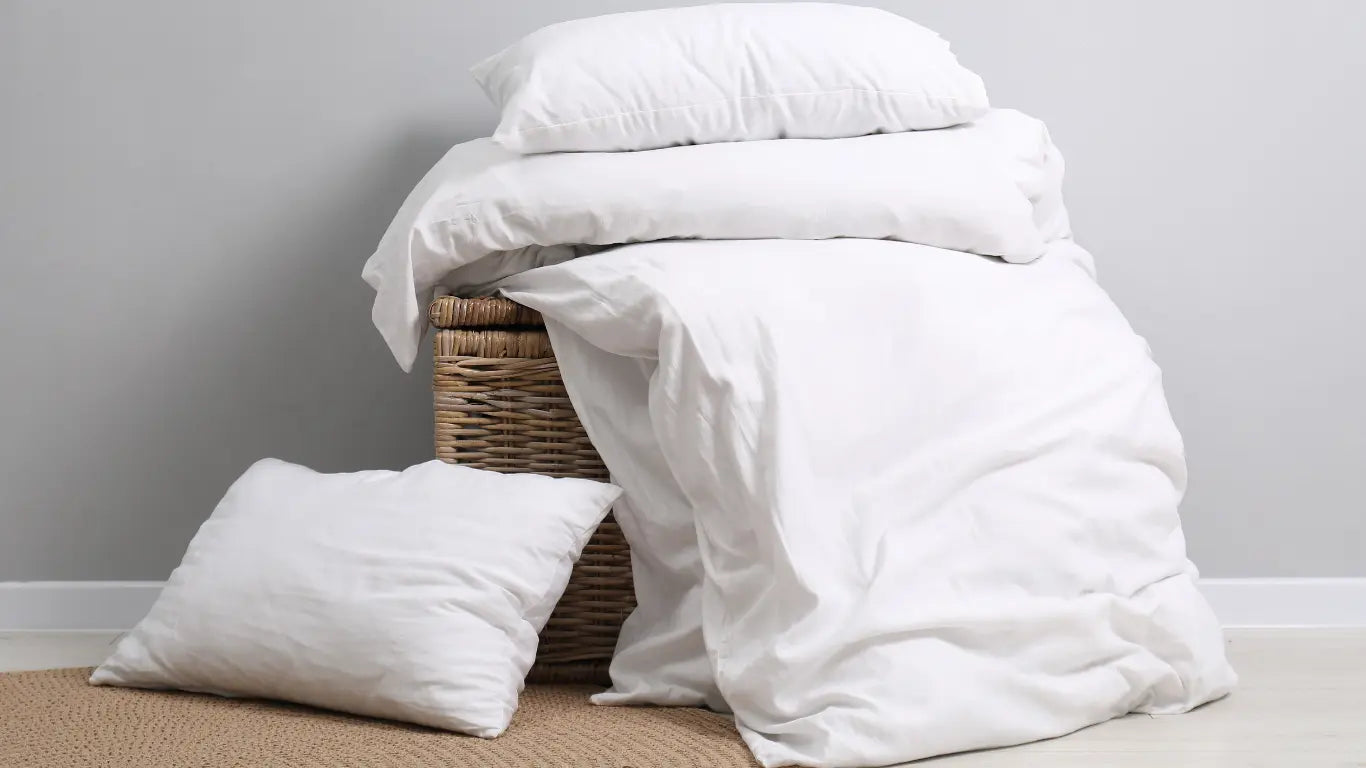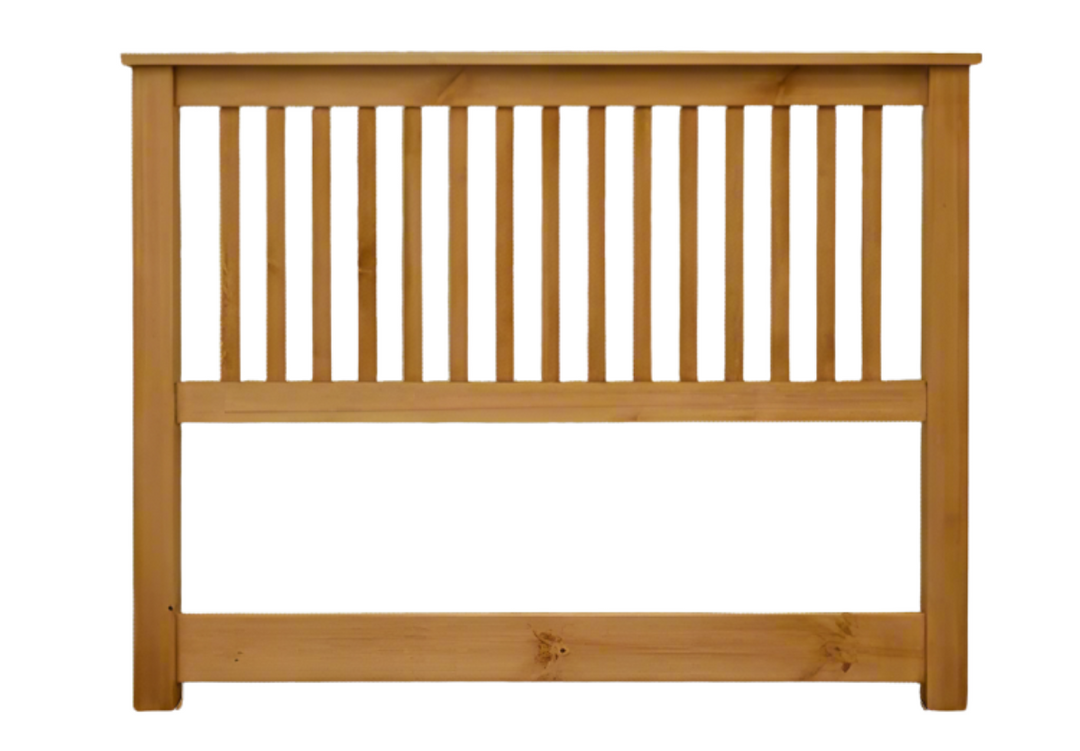25th July 2024

A new trend is sweeping across Tik Tok: 'coverless duvets.' Searches for these duvets have surged by up to 177% in just a year, reaching an all-time high. As social media often dictates, the emergence of a trend typically leads to widespread adoption, with people eager to showcase their new finds to friends, family, and followers.
But is this latest sleep trend, praised for its time-saving convenience when making the bed, really worth the hype? Find out more about this rising phenomenon.
What Are Coverless Duvets?
Coverless duvets are designed to be used without an additional duvet cover. They are often made with durable, easy-to-clean materials and come in a variety of colours and patterns, eliminating the need for a separate cover. The primary advantage of coverless duvets is their convenience, as they simplify bed-making and reduce the time spent on laundry. These duvets are becoming increasingly popular for their ease of use and maintenance.
Should You Wash A Coverless Duvet?
Coverless duvets are designed to be used without an additional duvet cover. They are often made with durable, easy-to-clean materials and come in a variety of colours and patterns, eliminating the need for a separate cover. The primary advantage of coverless duvets is their convenience, as they simplify bed-making and reduce the time spent on laundry. These duvets are becoming increasingly popular for their ease of use and maintenance.Do People Wash Their Duvets?
Yes, people do wash their duvets, though the frequency and method can vary. While duvet covers are washed regularly, the duvet itself often gets overlooked. However, maintaining the cleanliness of the duvet is crucial for hygiene, odour control, and extending its lifespan. Washing a duvet every 3-6 months is generally recommended, but this can vary depending on individual circumstances such as allergies or exposure to spills and pet dander.Why Wash a Coverless Duvet?
Duvets are essential components of our bedding, providing warmth and comfort throughout the year. Typically, duvets are protected by covers, which are easy to remove and wash. However, the question of whether to wash a coverless duvet, and how to do it properly, is less straightforward.Hygiene: Over time, duvets can accumulate dust mites, bacteria, and allergens. Regular washing helps keep these at bay, ensuring a healthier sleep environment.
Odour Removal: Body oils, sweat, and spills can lead to unpleasant odours. Washing your duvet helps to freshen it up.
Stain Removal: Accidents happen, and stains can set into the fabric. Washing can help remove these stains and keep your duvet looking clean.
Longevity: Regular maintenance, including washing, can extend the lifespan of your duvet by preventing the build-up of grime and ensuring the filling remains evenly distributed and fluffy.
How to Wash a Coverless Duvet
Check the Care Label Before proceeding, always check the care label on your duvet. This label provides essential information on the material, washing temperature, and any specific care instructions. Ignoring these guidelines can result in damage to your duvet.Pre-Treat Stains If there are any visible stains, pre-treat them with a gentle stain remover. Apply the remover directly to the stain, gently rub it in, and let it sit for about 10-15 minutes before washing.
Choose the Right Washing Machine Not all washing machines can handle the bulk of a duvet. Ensure your washing machine has a large enough capacity. Front-loading machines are generally better suited for washing duvets compared to top-loading machines, which can be rougher on the fabric.
Select the Appropriate Detergent Use a mild, fragrance-free detergent to avoid any potential allergic reactions. Avoid using bleach or fabric softeners as they can damage the duvet material and filling.
Set the Correct Washing Cycle Select a gentle cycle with a cold or warm water setting (as per the care label). Hot water can damage the filling and outer fabric of the duvet.
Add Tennis Balls To prevent the filling from clumping, add a couple of clean tennis balls or dryer balls into the washing machine. These will help keep the filling evenly distributed during the wash.
Drying the Duvet Drying a duvet thoroughly is crucial to prevent mould and mildew growth. If your dryer is large enough, use a low heat setting and include the tennis balls or dryer balls to maintain the fluffiness of the filling. Alternatively, you can air dry the duvet, ideally in a well-ventilated area or outside on a sunny day. Shake and fluff the duvet periodically to ensure even drying.
Ensure Complete Dryness Make sure the duvet is completely dry before using or storing it. Any residual moisture can lead to unpleasant odours or mildew. Check for any damp spots, especially in the seams and corners.

Tips for Maintaining a Coverless Duvet Use a Duvet Cover:
Even though this guide is about washing coverless duvets, using a duvet cover can significantly reduce the frequency of washing the duvet itself. The cover is easier to wash and can protect the duvet from dirt and stains.Regular Shaking: Shake your duvet regularly to keep the filling evenly distributed and maintain its loft.
Spot Cleaning: For small spills or stains, spot cleaning can be an effective way to maintain cleanliness between washes.
Storage: When not in use, store your duvet in a breathable cotton bag to protect it from dust and dirt.
Washing a coverless duvet is a task that requires careful consideration and attention to detail. By following the steps outlined above, you can ensure your duvet remains clean, fresh, and in good condition for years to come. Regular maintenance not only promotes better hygiene but also contributes to a more comfortable and restful sleep. So, take the time to care for your duvet properly – your health and comfort are worth it.





